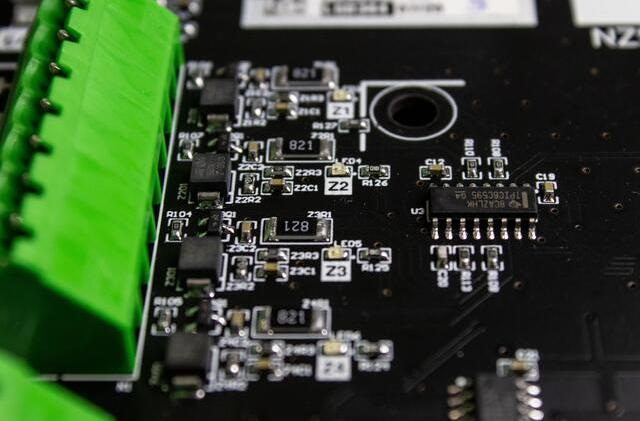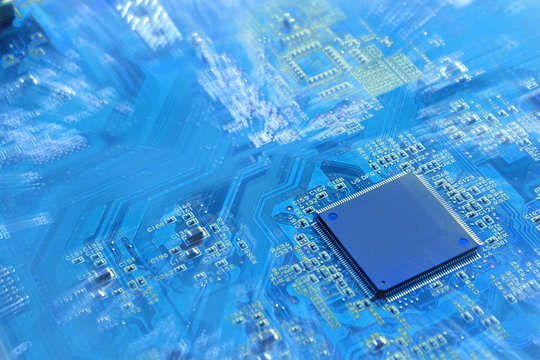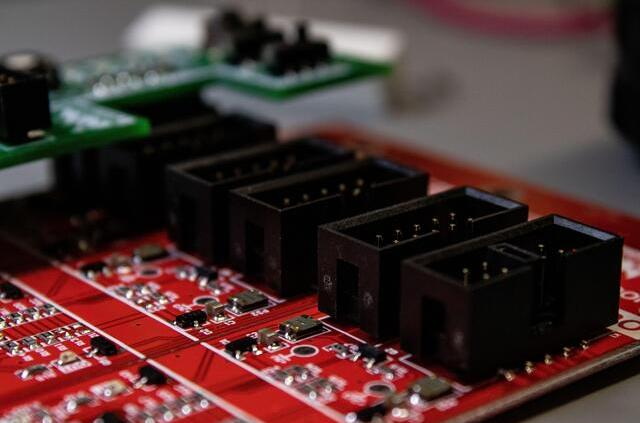Content Menu
● Introduction
● What is an SMT Line?
>> Key Components of an SMT Line
● Key Benefits of SMT Lines in PCB Production
● Challenges in Implementing SMT Lines
● Common Problems in SMT Assembly
● Future Trends in SMT Technology
● Conclusion
● FAQ
>> 1. What does SMT stand for in PCB production?
>> 2. How does an SMT line improve production efficiency?
>> 3. What are the main components of an SMT line?
>> 4. What challenges are associated with SMT lines?
>> 5. What is the future of SMT technology?
● Citations:
Introduction
Surface Mount Technology (SMT) lines are the backbone of modern printed circuit board (PCB) production. As electronic devices become increasingly compact and efficient, the importance of SMT lines has surged. These lines are essential for ensuring precision, speed, and cost-effectiveness in manufacturing. This article delves into the critical role of SMT lines in PCB production, highlighting their benefits, challenges, and future trends.

What is an SMT Line?
An SMT line refers to the assembly process where electronic components are mounted directly onto the surface of a PCB. This method contrasts with traditional through-hole technology, which requires drilling holes in the board for component leads. By eliminating this step, SMT not only speeds up production but also enhances efficiency.
Key Components of an SMT Line
- Solder Paste Printer: This machine applies solder paste to the PCB in precise locations, preparing it for component placement.
- Pick-and-Place Machine: This device accurately places components onto the board based on predefined positions.
- Reflow Oven: After component placement, the reflow oven heats the assembly to melt the solder paste, creating electrical connections between components and the PCB.
- Inspection Systems: Automated Optical Inspection (AOI) systems are employed to detect defects post-assembly, ensuring high-quality output.
Key Benefits of SMT Lines in PCB Production
SMT lines offer numerous advantages that make them indispensable in PCB manufacturing:
1. Automation: The automation of repetitive tasks reduces human error and increases production speed. Automated processes allow for higher throughput rates compared to manual assembly.
2. Precision: Advanced machinery ensures accurate placement of components, even tiny ones. This precision is crucial for modern electronics that require high-density layouts.
3. Cost-Effectiveness: By minimizing manual labor and material waste, SMT lines help lower overall production costs. The reduction in labor costs is particularly significant as automated systems take over many tasks.
4. High Component Density: SMT allows for a greater number of components to be placed on a single PCB, optimizing space and enabling more complex circuit designs.
5. Improved Reliability: The use of machines reduces variability in the assembly process, leading to higher quality and reliability in the final product.
6. Reduced Weight: SMT components are smaller and lighter than their through-hole counterparts, contributing to lighter overall device designs that are essential for portable electronics.
7. Environmental Benefits: The reduced use of raw materials and energy consumption makes SMT a more environmentally friendly option compared to traditional methods[1][6].

Challenges in Implementing SMT Lines
Despite their advantages, implementing SMT lines comes with challenges:
- High Initial Costs: Setting up an SMT line requires substantial investment in equipment and training. The costs can be prohibitive for smaller manufacturers.
- Skilled Operators: Operating and maintaining SMT machines require specialized skills. Training programs are essential to ensure operators can effectively manage equipment and troubleshoot issues.
- Complexity: The technology demands precise calibration and regular maintenance to function efficiently. Any misalignment or malfunction can lead to significant production delays.
- Design Limitations: While SMT allows for high-density layouts, it also imposes certain design constraints that must be considered during the PCB design phase.
Common Problems in SMT Assembly
While SMT technology offers many benefits, it also presents specific challenges that can affect production quality:
- Solder Bridging: This occurs when excess solder creates a short circuit between two pads. It often results from improper solder paste application or misalignment during placement[3].
- Insufficient Solder Joints: Sometimes solder joints do not form correctly due to inadequate solder paste or misalignment of components during reflow[3][7].
- Tombstoning: A defect where one side of a component lifts off the PCB during soldering due to uneven heating or insufficient solder[7].
- Cold Joints: These occur when solder does not melt properly during reflow, resulting in weak electrical connections[7].
Addressing these issues requires careful monitoring throughout the assembly process and adherence to best practices in design and manufacturing.
Future Trends in SMT Technology
The future of SMT technology is promising, with several emerging trends aimed at enhancing efficiency and integration:
- Increased Automation: The integration of artificial intelligence (AI) and machine learning into SMT processes is expected to further streamline operations and improve decision-making capabilities on the production floor[10].
- Miniaturization: As electronic devices continue to shrink, SMT technology will evolve to handle even smaller components with high precision, allowing manufacturers to meet market demands for compact devices[4].
- Sustainability Initiatives: There is a growing focus on developing eco-friendly materials and processes within SMT production lines. This trend aligns with global efforts toward sustainability in manufacturing practices[10].
- Enhanced Inspection Technologies: Advanced inspection systems utilizing AI are being developed to detect defects more accurately during various stages of production, thus improving overall quality control[4].
Conclusion
In conclusion, SMT lines are critical in PCB production due to their ability to automate processes, ensure precision, and reduce costs. They enable manufacturers to produce high-quality electronic devices efficiently while meeting the demands of modern technology. Despite challenges such as high initial costs and the need for skilled operators, the benefits of adopting SMT technology far outweigh these drawbacks. As advancements continue in automation and sustainability, SMT lines will remain at the forefront of electronics manufacturing.

FAQ
1. What does SMT stand for in PCB production?
SMT stands for Surface Mount Technology.
2. How does an SMT line improve production efficiency?
An SMT line improves efficiency by automating processes and reducing manual labor, which enhances output rates significantly.
3. What are the main components of an SMT line?
The main components include a solder paste printer, pick-and-place machine, reflow oven, and inspection systems.
4. What challenges are associated with SMT lines?
Challenges include high initial setup costs and the need for skilled operators who can manage complex machinery effectively.
5. What is the future of SMT technology?
The future includes increased automation through AI integration, advancements in miniaturization for smaller components, and a focus on sustainable manufacturing practices.
Citations:
[1] https://www.raypcb.com/ems-smt/
[2] https://www.wevolver.com/article/smt-process
[3] https://jhdpcb.com/blog/efficient-smt-assembly/
[4] https://www.mpe-electronics.co.uk/2024/01/23/future-pcb-industry-trends-to-watch-out-for
[5] https://www.pcbasic.com/blog/smt_production_line.html
[6] https://www.mpe-electronics.co.uk/2024/10/22/advantages-and-disadvantages-of-surface-mount-technology
[7] https://www.viasion.com/blog/common-challenges-in-smt-assembly-and-solutions/
[8] https://www.mycronic.com/product-areas/pcb-assembly/news-and-press-releases/news/ten-key-smt-trends-you-need-to-know/
[9] https://blog.matric.com/smt-production-for-pcbs-matric
[10] https://www.smtfactory.com/Future-Trends-in-SMT-Lines-Innovations-Shaping-The-Electronics-Manufacturing-Industry-id44863586.html




















